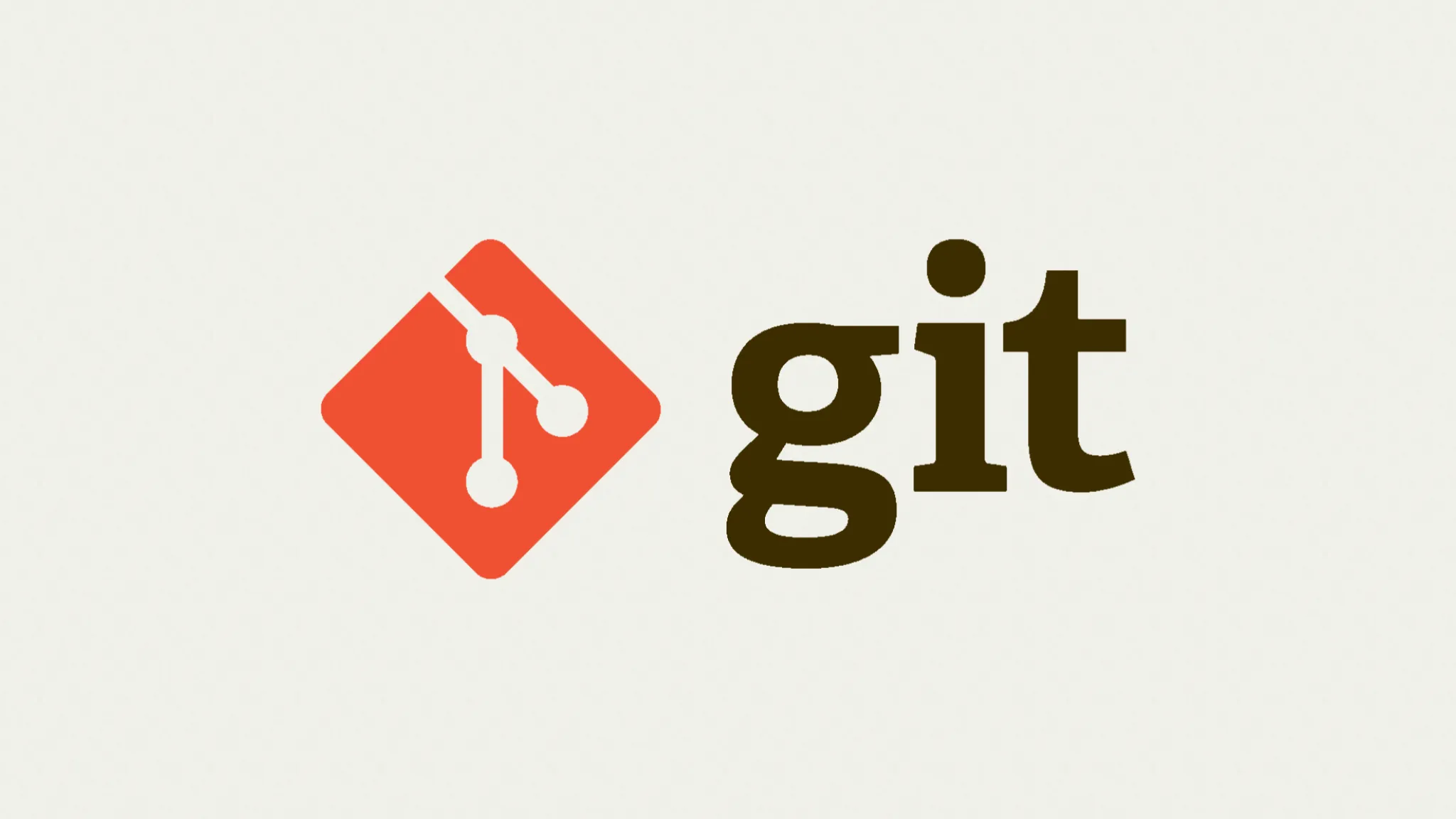
A Gentle Introduction to Git - by SuperSimpleDev 
This course provides a gentle introduction to Git, a version control system used to track changes in code. It will teach you how to install Git, understand the fundamental concepts of commits, staging areas, and version history, and use Git to replicate the version history feature of Google Docs and Microsoft Word. You will also learn how to view and restore previous versions of your code. ▼
ADVERTISEMENT
Course Feature
![]() Cost:
Cost:
Free
![]() Provider:
Provider:
Udemy
![]() Certificate:
Certificate:
No Information
![]() Language:
Language:
English
Course Overview
❗The content presented here is sourced directly from Udemy platform. For comprehensive course details, including enrollment information, simply click on the 'Go to class' link on our website.
Updated in [May 25th, 2023]
SuperSimpleDev's "A Gentle Introduction to Git" course provides an introduction to the fundamentals of Git. Students will learn how to install Git and become familiar with the concepts of commits, staging areas, and version history. Through a real-world example, students will learn how to use Git to replicate the "version history" feature of Google Docs and Microsoft Word. Additionally, students will learn how to view previous versions of their code and restore a previous version if they make a mistake. By the end of the course, students will have a solid understanding of the basics of Git and be able to use it to create a version history for their code.
[Applications]
After completing this course, students should be able to apply the concepts of Git to their own projects. They should be able to create a version history for their code, view previous versions, and restore a previous version if needed. Additionally, they should be able to use Git to collaborate with other developers on projects. Finally, they should be able to use Git to replicate the "version history" feature of Google Docs and Microsoft Word.
[Career Paths]
1. Software Developer: Software developers create, test, and maintain software applications. They use programming languages and frameworks to develop software solutions that meet customer needs. As technology advances, software developers must stay up-to-date on the latest trends and tools in order to create the most efficient and effective solutions.
2. DevOps Engineer: DevOps engineers are responsible for the development, deployment, and maintenance of software applications. They use automation tools to streamline processes and ensure that applications are running smoothly. They must be knowledgeable in both development and operations, and be able to troubleshoot any issues that arise.
3. Data Scientist: Data scientists use data to uncover insights and trends. They use statistical methods and machine learning algorithms to analyze data and develop predictive models. As data becomes more and more important in the business world, data scientists are in high demand.
4. Cloud Engineer: Cloud engineers are responsible for the design, implementation, and maintenance of cloud-based systems. They must be knowledgeable in cloud computing technologies and be able to design and deploy cloud-based solutions that meet customer needs. As cloud computing becomes more popular, cloud engineers are in high demand.
[Education Paths]
1. Computer Science Degree: A computer science degree is a great way to learn the fundamentals of software development and gain a deep understanding of the underlying principles of computer science. This degree path is becoming increasingly popular as technology advances and more companies are looking for software engineers with a strong technical background. With a computer science degree, you will learn the fundamentals of programming languages, algorithms, data structures, and software engineering principles. You will also gain an understanding of the latest technologies and trends in the industry.
2. Software Engineering Degree: A software engineering degree is a great way to learn the fundamentals of software development and gain a deep understanding of the underlying principles of software engineering. This degree path is becoming increasingly popular as technology advances and more companies are looking for software engineers with a strong technical background. With a software engineering degree, you will learn the fundamentals of programming languages, algorithms, data structures, software engineering principles, and software development processes. You will also gain an understanding of the latest technologies and trends in the industry.
3. Information Technology Degree: An information technology degree is a great way to learn the fundamentals of software development and gain a deep understanding of the underlying principles of information technology. This degree path is becoming increasingly popular as technology advances and more companies are looking for IT professionals with a strong technical background. With an information technology degree, you will learn the fundamentals of programming languages, algorithms, data structures, software engineering principles, and software development processes. You will also gain an understanding of the latest technologies and trends in the industry, such as cloud computing, artificial intelligence, and machine learning.
4. Cybersecurity Degree: A cybersecurity degree is a great way to learn the fundamentals of software development and gain a deep understanding of the underlying principles of cybersecurity. This degree path is becoming increasingly popular as technology advances and more companies are looking for cybersecurity professionals with a strong technical background. With a cybersecurity degree, you will learn the fundamentals of programming languages, algorithms, data structures, software engineering principles, and software development processes. You will also gain an understanding of the latest technologies and trends in the industry, such as network security, cryptography, and digital forensics.
Course Syllabus
Intro to the Course
Install Git
Project Setup
Git Setup
Creating a Version / Commit
Visualizing Git
Completing Our Version History
Viewing Previous Version of our Code
Restoring Code to a Previous Version
Pros & Cons

Explanations in simple words

Good examples

Deepens understanding

Extremely informative

Refreshes memory

Excellent introductory course

Amazing courses

Very good video

Awesome

Instructions only for Windows and Mac, not Linux.
Course Provider

Provider Udemy's Stats at AZClass
Discussion and Reviews
0.0 (Based on 0 reviews)
Explore Similar Online Courses

Understanding Data in the Tourism Industry

Using Microsoft Bot Framework LUIS and Cognitive Services

Python for Informatics: Exploring Information

Social Network Analysis

Introduction to Systematic Review and Meta-Analysis

The Analytics Edge

DCO042 - Python For Informatics

Causal Diagrams: Draw Your Assumptions Before Your Conclusions

Whole genome sequencing of bacterial genomes - tools and applications

Intro to Git

Git for beginners


Start your review of A Gentle Introduction to Git - by SuperSimpleDev